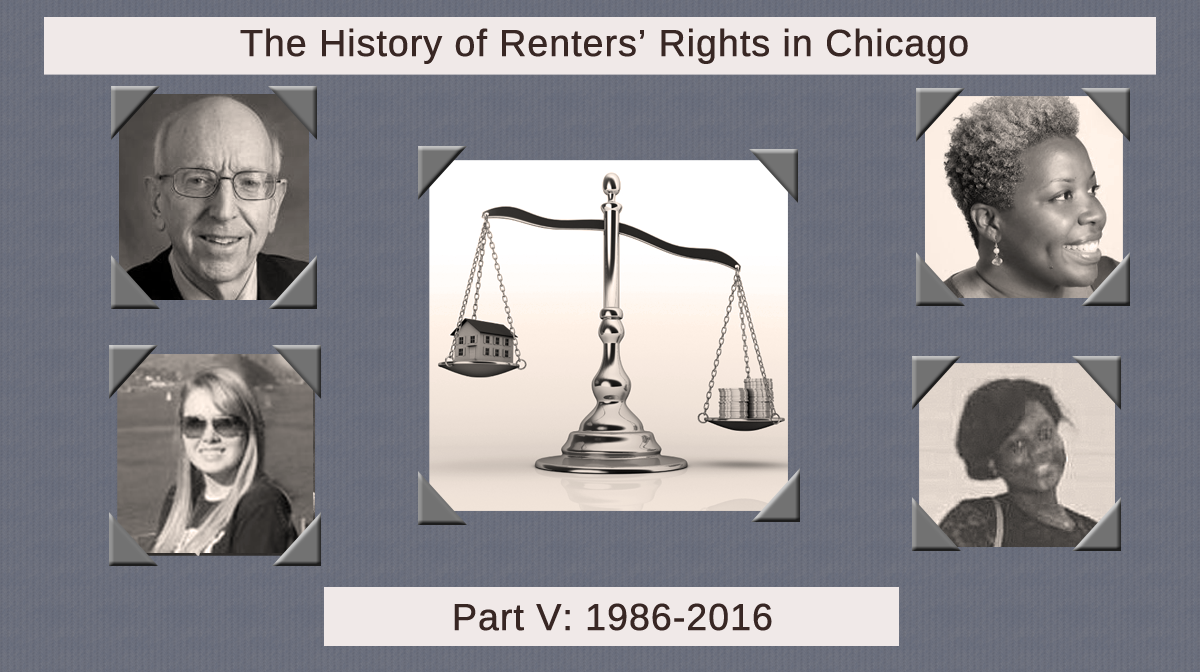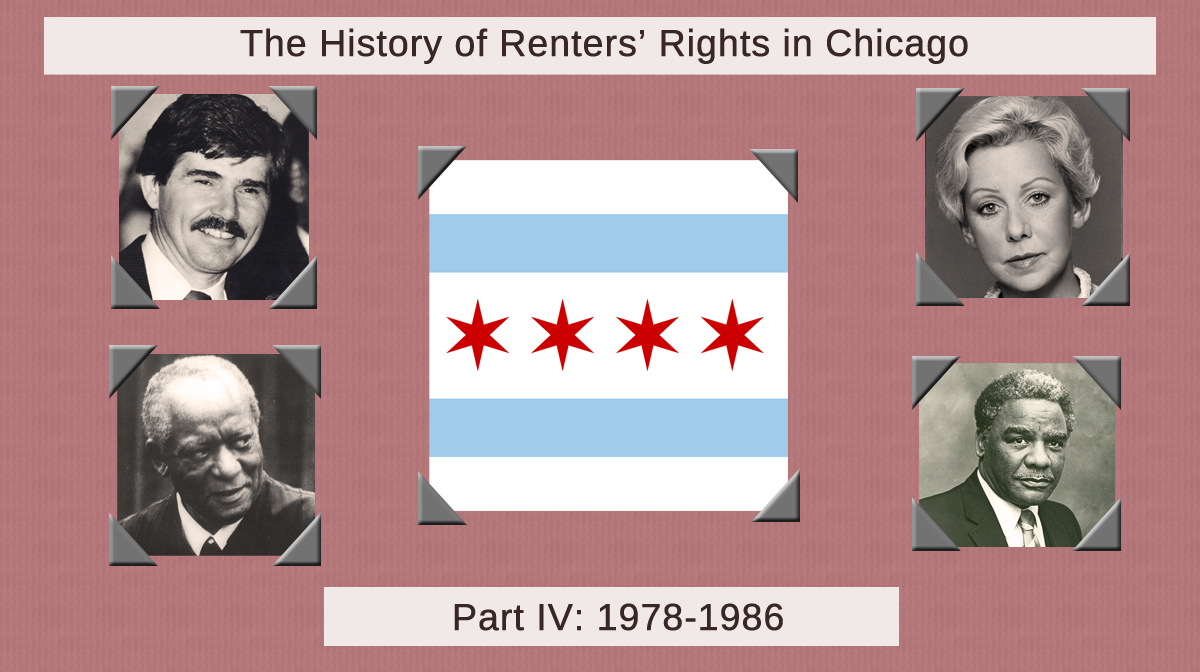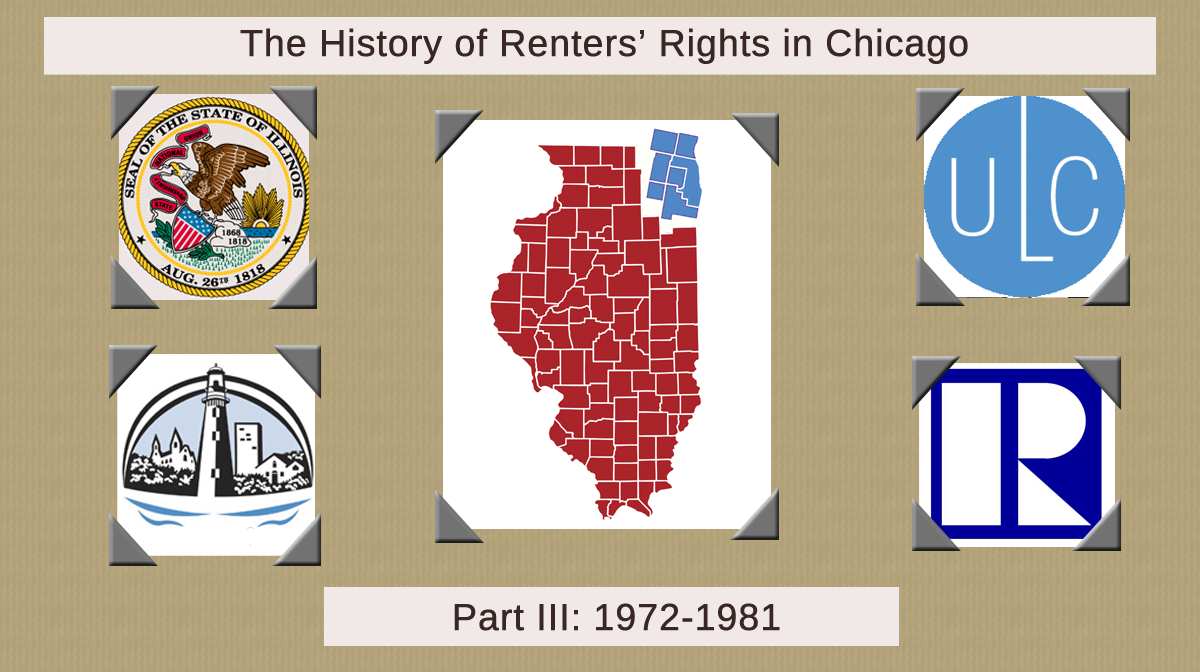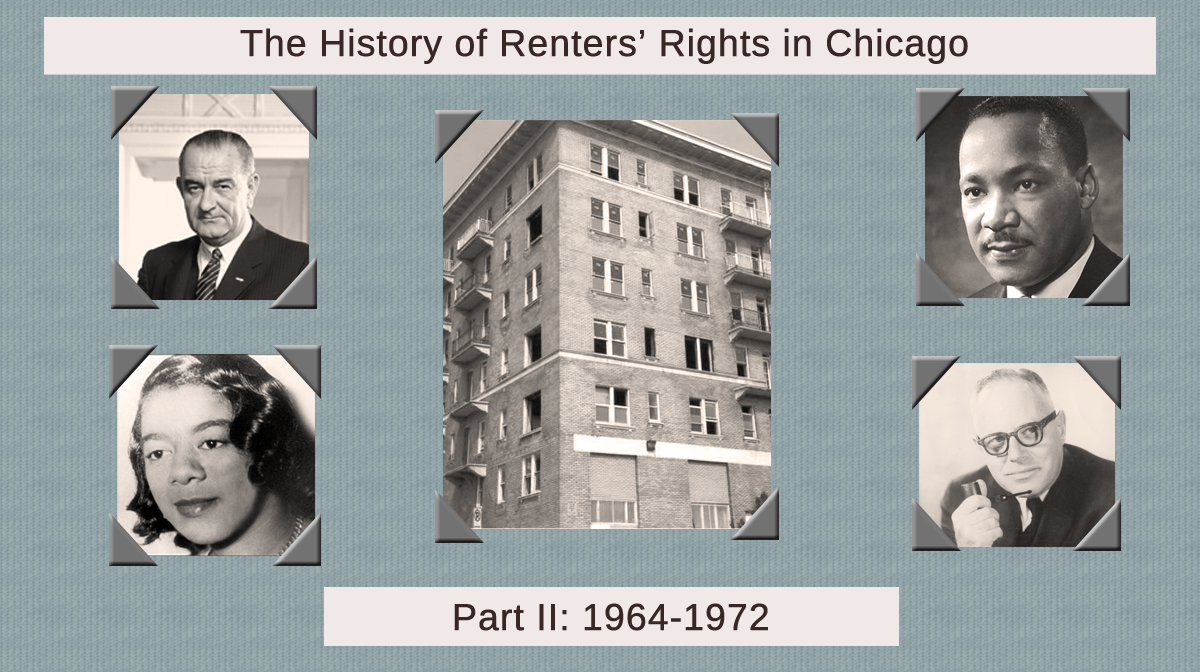According to a 2011 study performed at Rensselaer Polytechic Institute, it takes only 10% of a population holding the same belief to guarantee it eventually becoming the belief of the majority, provided that the initial group remains committed to the idea.
When I talk about RentConfident's mission, people often ask me why I think warning renters about substandard housing is important enough to dedicate my life to it. One of the responses I have is that according to the US Census Bureau, about 10% of Chicago renters live in apartments with structural defects, and 10.4% of Chicago renters are unhappy with their current apartments.
Structural defects in apartments can have pretty devastating effects on the health and well-being of renters. They can lead to respiratory illnesses, allergic reactions, poisoning, brain damage, injuries and in worst-case scenarios even death. Based on the RPI study, if all of those renters were committed to the idea that they should research their apartments before signing a lease, we would be well on our way to holding bad landlords accountable for their behavior through methods other than lawsuits.
But the people I'm talking to will sometimes hear “10% of renters” and think that the situation isn't all that bad. After all, 10% doesn't seem all that impressive on the surface. So today I have a list of situations where awareness campaigns have made issues affecting no more than 10% of the population seem like much more widespread problems. This by no means an exhaustive list, but I think it definitely makes the case for 10% being more significant that it may initially seem. Continue reading 10% is Bigger Than You Think






